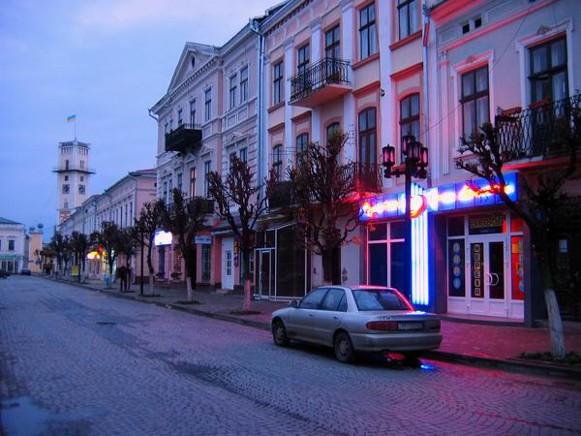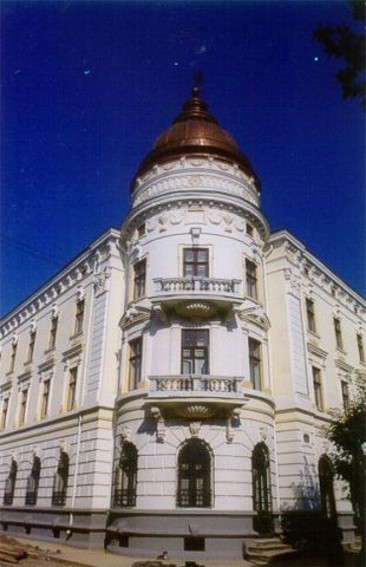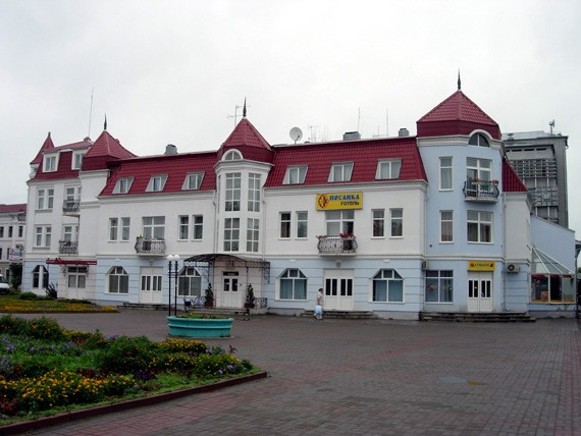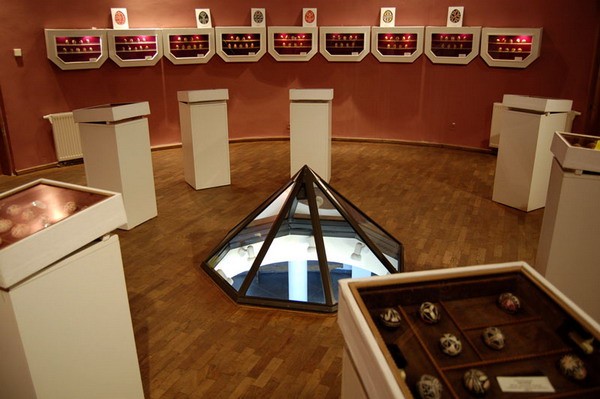Kolomyia
Kolomyia [Kolomyja]. Map: V-6. City (2010 pop 70,000) on the Prut River in southeastern Galicia and a raion center under oblast jurisdiction in Ivano-Frankivsk oblast. The principal city of Pokutia, it is an important transport junction. First mentioned in the Hypatian Chronicle under the year 1240, it was granted the rights of Magdeburg law in 1405. Salt was mined in the vicinity from the Middle Ages, and Kolomyia became an important salt-trading center (with special privileges granted by the Polish king Casimir IV Jagiellończyk). Because of its proximity to the Moldavian border, the town suffered frequent attacks by the Moldavians, Tatars, and Turks. Under Austrian rule (1772–1918) it was a circle and county center (1815–1918). Owing to its importance as a commercial and administrative center it grew rapidly, reaching a population of 23,100 in 1880, 34,200 in 1900, and 42,700 in 1910, of which Jews constituted a large part. After the First World War its commercial importance diminished. Consequently, by 1931 its population had fallen to 33,400, of which Ukrainians constituted 18.6 percent; Jews, 42.3; Poles and Roman Catholic Ukrainians, 33.7; and Germans, 5.1. In 1943, after the Nazis had exterminated the Jewish population, only 18,500 inhabitants remained in the city.
Until 1914 (and to a lesser extent even until 1939), Kolomyia was a major center of Ukrainian culture in Galicia. Until the early 20th century its role in publishing in Galicia was second only to Lviv's. Yu. Nasalsky published the brochure series Biblioteka dlia ruskoi molodezhy there (1894–1913). The major publishing houses up to 1914 were M. Bilous's press, Yakiv Orenshtain's Halytska Nakladnia, and the Zhinocha Biblioteka press. In the 1920s and 1930s the major publishing houses were Zahalna Knyhozbirnia, Ukrainska Zahalna Entsyklopediia, OKA, and Rekord. In 1875, 17 individual Ukrainian publications came out in Kolomyia (compared to 42 in Lviv), but in 1913 only 28 publications appeared (compared to 238 in Lviv). Of all of Galicia's provincial cities Kolomyia had the most (over 30) newspapers and journals. Among them were Holos narodnyi (1865–8), the humor magazine Kropylo (1869), the Russophile journal Nauka (1871–6) and biweekly Russkaia rada (1871–1912), the Radical biweeklies Khliborob (Lviv, Kolomyia) (1891–5) and Narod (1892–4), the popular biweeklies Vesna (1878–80) and Khlops’ka pravda (1903, 1909), the educational weekly Postup (Kolomyia) (1903–5), a pedagogical journal Prapor (Kolomyia) (1908–12), and the women's biweekly Zhinocha dolia (1925–39). The first Ukrainian drama society in Galicia was established there in 1848 by Ivan Ozarkevych. The third-oldest Ukrainian gymnasium in Galicia (est 1894 after Lviv's and Peremyshl's) and a branch of the Lysenko Higher Institute of Music were located in Kolomyia. The city was also an important center of the Ukrainian Radical party and the Sich movement (see Sich societies), which were organized by Kyrylo Trylovsky.
Under the Soviet regime Kolomyia's population has grown: by 1959 it was 31,300, and by 1970, 41,000. Its national composition changed radically because of the Second World War and its aftermath; in 1959 Ukrainians composed approximately 72 percent of its inhabitants; Russians, 20; Poles, 4; and Jews, 2. Today Kolomyia is a regional industrial and cultural center. Its population is employed in light industries. Kolomyia has long been famous for its Hutsul crafts (wood carving, weaving, kilim weaving, embroidery, and ceramics). The city has a mechanized-woodworking tekhnikum and four vocational-technical schools (medical, pharmaceutical, technical, and pedagogical). The Kolomyia Museum of Hutsul Folk Art was founded there in 1926 by Volodymyr Kobrynsky. The unique Pysanka Museum with the collection of over 6,000 easter eggs was established in Kolomyia in 2000. The wooden Church of the Annunciation and its belfry (built in 1587) are the city's oldest architectural monuments.
BIBLIOGRAPHY
Kolomyia i Kolomyishchyna: Zbirnyk spomyniv i stattei pro nedavnie mynule (Philadelphia 1988)
Kolomyia i Kolomyishchyna: Zbirnyk spomyniv i stattei pro nedavnie mynule, vol. 2 (Philadelphia–Kolomyia 2008)
Volodymyr Kubijovyč
[This article originally appeared in the Encyclopedia of Ukraine, vol. 2 (1989).]

.jpg)
.jpg)
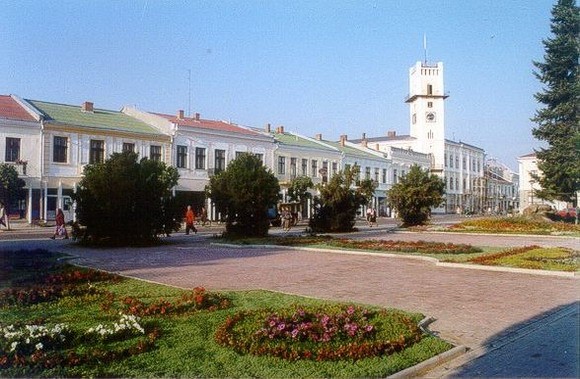
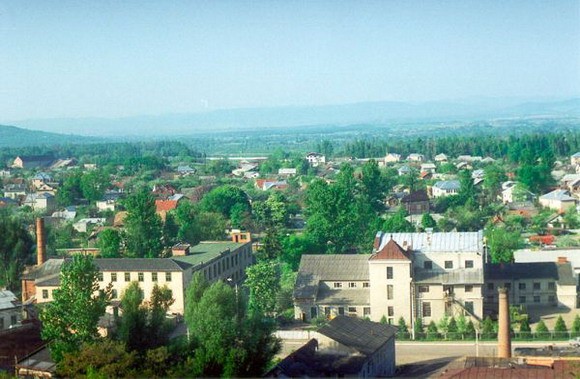
.jpg)
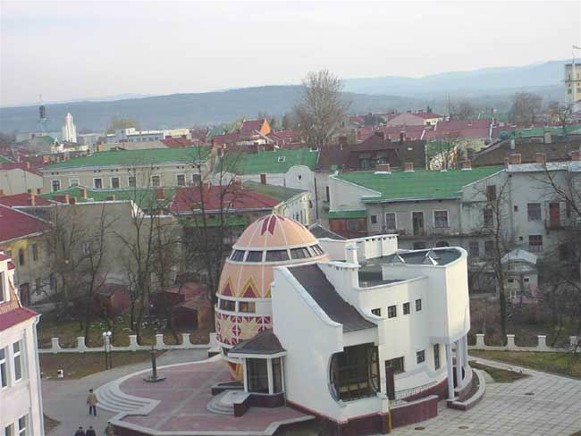
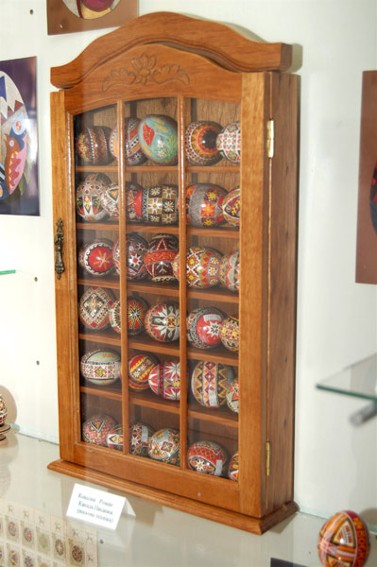
.jpg)
